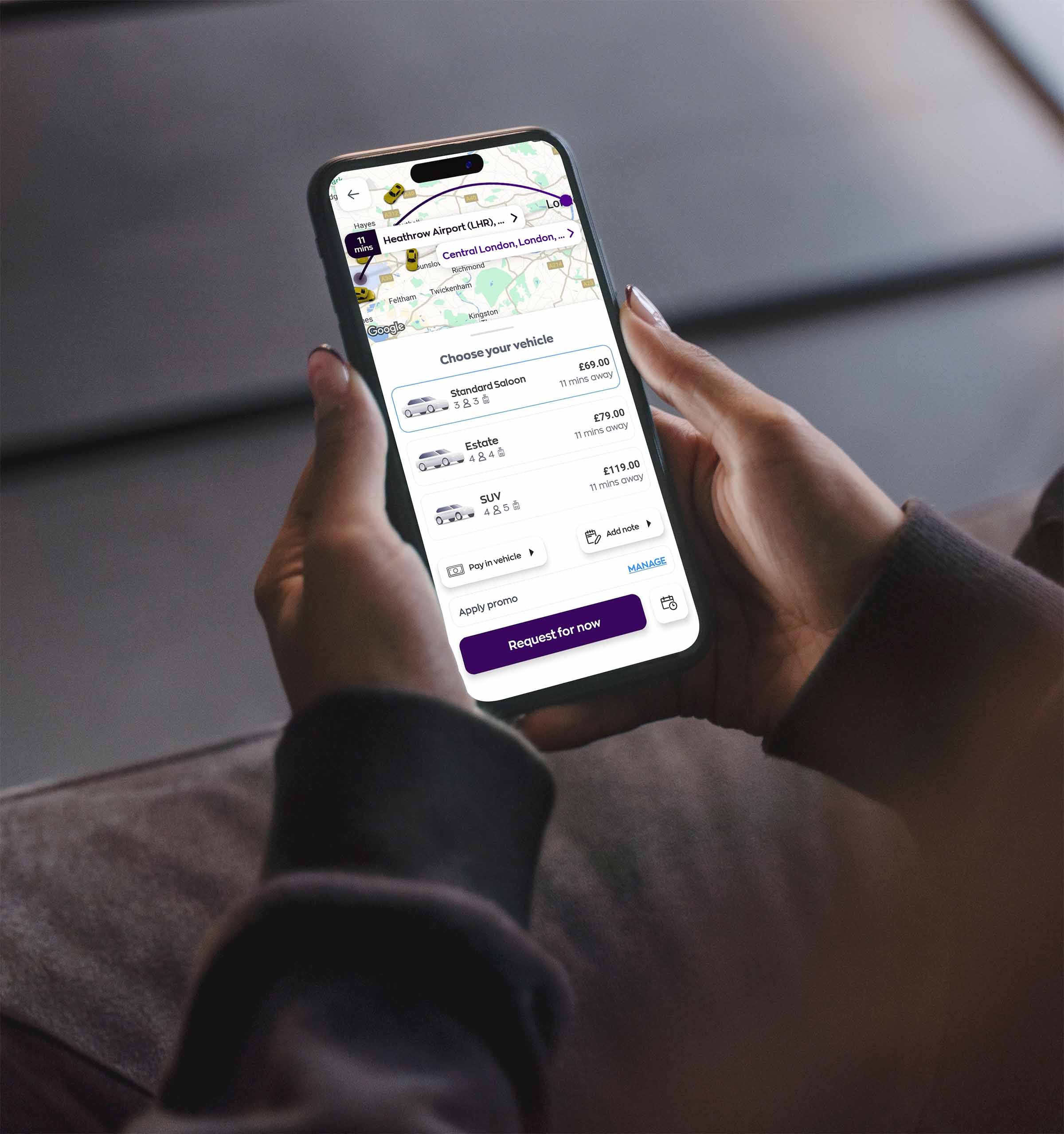
West London is one of the most dynamic and diverse regions in the UK’s capital, offering a unique blend of cultural richness, commercial vitality, and residential charm. Whether you’re a visitor arriving for leisure or a professional traveling for business, navigating West London efficiently requires a good understanding of the available transport and transfer services. With major international gateways like Heathrow Airport, key railway stations, and proximity to key seaports, West London acts as a significant hub for both domestic and international travelers. In this blog, we’ll dive into every aspect of West London transfers—from airport services and seaport access to road and rail connectivity—so you’re fully informed for your journey.
Heathrow Airport: The Gateway to the World
Heathrow Airport, situated in the London Borough of Hillingdon, is undoubtedly the most critical transportation asset in West London. As the largest airport in the United Kingdom and one of the busiest in the world, Heathrow serves as a primary gateway for international travelers. It boasts five terminals (although Terminal 1 is now closed), each equipped with modern amenities, duty-free shopping, lounges, and efficient immigration services. Transfers from Heathrow into central West London and beyond are remarkably convenient thanks to a well-integrated network of options.
One of the fastest ways to get from Heathrow to West London or the city centre is the Heathrow Express. This non-stop train runs every 15 minutes between Heathrow and London Paddington, completing the journey in just about 15 to 20 minutes. For those looking for a more budget-friendly option, the Elizabeth Line also connects Heathrow with West London areas, such as Ealing Broadway and Acton, and extends further into central and east London. The London Underground’s Piccadilly Line is another viable option, providing direct access to areas like Hammersmith, Barons Court, and Earl’s Court.
Seaport Accessibility: Travelling to and from the Docks
While West London itself is not home to a major seaport, its transport connections make it relatively easy to access the UK’s primary ports located to the southeast and south of London. The Port of Southampton, one of the most prominent cruise and cargo ports in the country, is approximately 70 miles from West London. Transfers to Southampton from West London can be arranged via direct train services from London Waterloo or by hiring a chauffeur and minibus for groups or those with heavy luggage. These options offer a door-to-door experience that’s particularly valuable for cruise passengers.
Similarly, the Port of Dover, another key maritime gateway, is about 80 miles from West London. Although it’s located in the southeast of England, it remains accessible via private hire vehicles and coaches. Regular train services from London St Pancras or Victoria make Dover a reachable destination. However, connections from West London typically involve a change of trains or a direct taxi or private transfer service for added convenience.
West London’s Road Network and Motorway Access
West London enjoys excellent road infrastructure that connects it to the rest of the capital and the national motorway network. The M4 motorway runs through the area, providing a direct link between Heathrow Airport and Central London while extending westward to Reading, Bristol, and South Wales. For travelers needing to access destinations outside London, the M25 orbital motorway encircles the city and connects to major routes, including the M1, M3, M40, and M11.
For local travel within West London, main roads such as the A40, A4, and Uxbridge Road serve key districts including Hammersmith, Ealing, Chiswick, and Shepherd’s Bush. These roads are heavily used by buses, taxis, and private hire vehicles. While traffic congestion can be a problem during peak times, modern GPS navigation and route planning help optimize travel times. Whether you’re heading to a hotel, business meeting, or local attraction, West London’s roadways offer reliable connectivity throughout the area.
Public Transportation Options
The public transport system in West London is robust and diverse. Managed by Transport for London (TfL), it includes the London Underground, Overground, buses, and trams (though the latter do not operate in West London itself). The Piccadilly, District, Central, and Hammersmith & City lines provide comprehensive Underground coverage, connecting West London with other parts of the city.
In addition to the Tube, the London Overground offers alternative rail services, handy for reaching areas not directly served by the Underground. West London Line services run between Clapham Junction and Willesden Junction, making stops in Kensington Olympia and Shepherd’s Bush.
The bus network is another cornerstone of transportation in West London. With extensive coverage across all zones, buses offer an affordable and accessible option, especially for shorter journeys or late-night travel when the Underground may not be operating. Oyster cards and contactless payments are accepted across all TfL services, making transfers seamless and cashless.
Taxis and Chauffeur Transfers
For those who prefer a more personalized mode of transportation, West London offers a wide range of taxi and chauffeur services. Licensed black cabs are readily available throughout the area and can be hailed on the street or booked in advance. However, for longer journeys or when traveling in style or comfort is a priority, chauffeur-driven transfers are a preferred option.
Chauffeur services in West London typically offer premium vehicles such as Mercedes-Benz, BMW, and Audi sedans, with professional drivers trained in customer service and local navigation. These services are ideal for airport pickups from West London to Heathrow, Gatwick, Luton, and Stansted Airports, as well as corporate events and special occasions. Private hire minicabs are also widely available through platforms like MiniCabRide, offering a middle ground between traditional taxis and high-end chauffeur cars.

Minibus and Group Transfers
For families, business groups, or travelers with bulky luggage, minibuses provide a convenient transfer solution. Many companies in West London offer executive minibus hire services, which come with a driver and range from 8-seater to 16-seater vehicles. These are particularly useful for airport transfers, seaport transfers, wedding parties, and corporate events.
Minibus services are often customizable, allowing passengers to plan multiple stops and tailor routes to their specific needs. The flexibility and spaciousness of these vehicles make them a popular choice for group travel within and beyond West London.
Rail Links to National and International Destinations
In addition to Underground and Overground services, West London has access to several National Rail services that connect to major cities across the UK. Paddington Station is the primary railway terminus for West London and serves destinations such as Oxford, Reading, Cardiff, and Bath via the Great Western Railway. It also connects with the Heathrow Express and the Elizabeth Line, making it a vital transport hub.
For international rail connections, Eurostar services operate from St Pancras International. Although this station is located more centrally, it is easily accessible from West London by Underground or a taxi. Eurostar trains offer high-speed connections to Paris, Brussels, and Amsterdam, allowing you to travel from West London to mainland Europe in just a few hours.
Cycling and Walking in West London
With a growing emphasis on sustainable transportation, West London has also adopted cycling and walking as viable travel options. Dedicated cycle lanes have been introduced along major routes, such as the A40, and through areas like Hammersmith, Acton, and Ealing. Santander Cycles (also known as Boris Bikes) are available at multiple docking stations across West London, offering a flexible and affordable way to travel short distances.
Many of West London’s neighborhoods are pedestrian-friendly, with scenic routes along the River Thames, local parks, and high streets filled with cafes and boutiques. Walking can often be the fastest and most enjoyable way to explore local attractions like Kew Gardens, Chiswick House, and Richmond Park.
Hotel and Transfer Packages
For added convenience, many hotels in West London offer transfer packages as part of their guest services. These packages often include airport pickups, shuttle services, and even guided tours of London. Whether you’re staying in a luxury hotel near Hyde Park or a budget-friendly inn in Hounslow, it’s worth inquiring about transfer options at the time of booking. Hotel shuttles can save time and money, especially for early morning or late-night flights.
Safety, Accessibility, and Travel Tips
West London is generally safe for travelers, but, like any central urban area, it’s essential to stay aware of your surroundings, especially in crowded places like train stations and public buses. For those with mobility challenges, most transfer services—including taxis, buses, and trains—offer accessible options with features such as low-floor access, ramps, and dedicated seating.
When planning your transfers, always account for potential delays due to traffic or rail maintenance. Apps like Citymapper and the TfL Journey Planner can provide real-time updates, helping you choose the best route for your journey.
Final Thoughts
Navigating West London doesn’t have to be complicated. With an array of transportation options—from world-class airports and national rail links to efficient road networks and chauffeur-driven services—travelers have numerous ways to get to and from this vital part of the city. Whether you’re catching a flight from Heathrow, heading to the Port of Southampton for a cruise, or simply exploring the vibrant neighborhoods of Ealing, Chiswick, and Hammersmith, planning your transfers will ensure a smooth, enjoyable journey. West London is not only a gateway to the rest of the world but also a vibrant destination in its own right. Its transport infrastructure reflects its importance on both the local and international stages.








